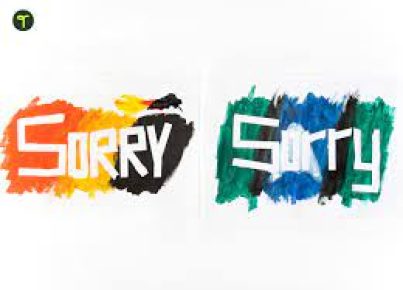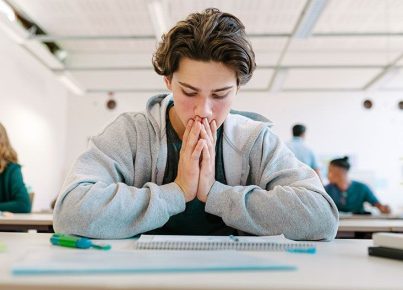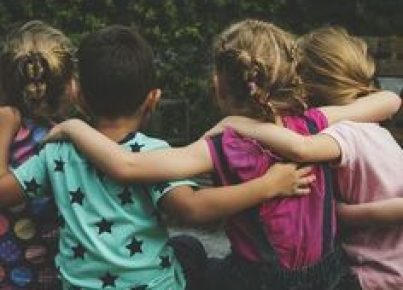Friendship is one of the most valuable relationships in human life, deeply woven into our social fabric and crucial for personal and emotional development. In the educational context, teaching about friendship can have profound implications, helping students to understand themselves and others better, to develop empathy, and to learn important social skills that are critical in both their academic and personal lives.
One of the most effective ways to incorporate friendship teaching resources into a curriculum is through literature. Books like “Charlotte’s Web” by E.B. White or “Wonder” by R.J. Palacio offer compelling narratives that highlight the nuances of friendship, loyalty, acceptance, and the challenges that sometimes accompany them. These stories can serve as accessible points of discussion for students to explore their own ideas about friendship.
Interactive activities also play a key role in teaching these concepts. Exercises such as “Friendship Bingo” where students fill out bingo cards with qualities of a good friend or “Role-Play Scenarios” in which students act out different friendship dilemmas can heighten awareness and promote practical learning about conflict resolution within friendships.
Classroom projects like creating a “Friendship Tree,” on which students attach leaves that feature names or qualities of good friends encourage continuous reflection on what makes friendships healthy and strong. These activities can be integrated into daily classroom routines or used during National Friendship Day celebrations to reinforce the importance of building and maintaining positive relationships.
Additionally, teachers could engage students in discussions about famous friendships from history. Discussing duos like Helen Keller and Anne Sullivan or Buzz Aldrin and Neil Armstrong provides historical contexts for teamwork and mutual support, which are fundamental aspects of friendship.
For younger students, songs and games are particularly useful tools. Singing songs like “You’ve Got a Friend in Me” from the movie “Toy Story” or playing collaborative games that require teamwork bolster the notion that friendships involve support, fun, and working together towards a common goal.
Finally, digital resources such as websites or applications designed to teach social skills can offer interactive and personalized experiences for learners. Programs like Second Step or apps such as ‘Social Express’ provide structured lessons on various aspects of social interaction including making friends, understanding feelings, cooperation, and assertiveness.
In conclusion, the diversity of friendship teaching resources available allows educators to present these essential life skills in engaging, age-appropriate ways for students at all levels. Through literature, interactive activities, discussions on historical friendships, music, games, and digital programs, students can not only learn about friendship but also practice it in their everyday interactions within the school environment.





